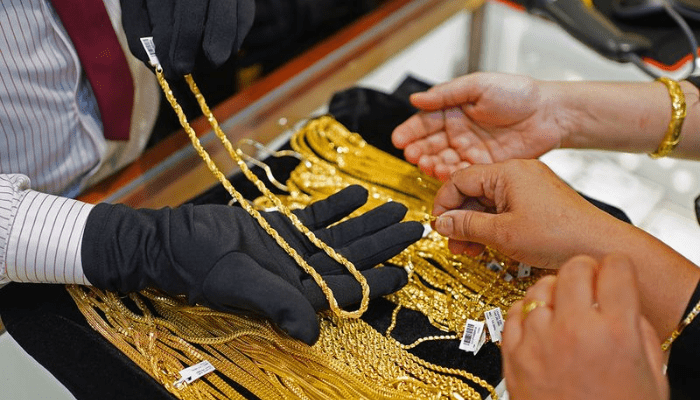
IGI Vs GIA: Choosing the Right Diamond Certification for You
Diamonds, those sparkling marvels of nature, captivate us with their beauty and allure. Yet, beyond their aesthetic appeal lies a world of meticulous grading and certification that ensures each diamond’s quality and value. In this article, we delve into the comparison between two renowned diamond grading institutes: IGI (International Gemological Institute) and GIA (Gemological Institute of America). Whether you’re a jeweler, a buyer, or simply a diamond enthusiast, understanding the differences between IGI Vs GIA can significantly impact your diamond purchasing decisions.
Introduction to Diamond Grading
Diamond grading serves as the benchmark for assessing a diamond’s attributes, including its cut, color, clarity, and carat weight. It provides an unbiased evaluation that helps determine a diamond’s market value and quality.
Overview of IGI (International Gemological Institute)
Founded in 1975, IGI has established itself as a prominent player in diamond grading and gemological research. Headquartered in Antwerp, Belgium, the institute operates globally, offering certification services renowned for their accessibility and affordability.
History and Background
IGI’s journey began with a mission to provide reliable diamond grading services to the jewelry industry worldwide. Over the decades, it has expanded its operations to encompass gemological education and research, earning recognition for its contribution to gemological standards.
Reputation and Credibility
While IGI is respected for its comprehensive grading reports and efficient service, some stakeholders in the industry debate the consistency of its grading standards compared to other leading institutes.
Overview of GIA (Gemological Institute of America)
Established in 1931, GIA holds a prestigious position as one of the foremost authorities on gemology and diamond grading. Headquartered in Carlsbad, California, GIA sets the standard for gemological research and education globally.
History and Background
GIA’s founding marked a pivotal moment in gemology, introducing standardized grading practices that revolutionized the diamond industry. Its commitment to education and research has shaped modern gemological knowledge.
Reputation and Credibility
Renowned for its stringent grading standards and educational programs, GIA commands immense respect and trust among jewelers, collectors, and consumers worldwide.
Comparison of Certification Processes
The processes employed by IGI Vs GIA for diamond grading differ significantly in their approach and methodology. While both institutes assess the same fundamental characteristics of a diamond, variations exist in grading stringency and consistency.
Criteria for Grading Diamonds
IGI and GIA utilize a similar set of criteria—cut, color, clarity, and carat weight—but the emphasis on each criterion and the grading scales employed may vary, influencing the final grade assigned to a diamond.
Methodology Differences Between IGI and GIA
IGI is often perceived as more accessible and cost-effective, appealing to a broader market segment seeking reliable certification. In contrast, GIA’s rigorous grading standards are favored by those prioritizing precision and industry-recognized credentials.
Accuracy and Consistency in Grading
The accuracy of a diamond’s grading directly impacts its valuation and marketability. Both IGI and GIA strive for precision, yet debates persist regarding the consistency of grading across different diamonds and over time.
How Accurate Are IGI and GIA?
While GIA’s reputation for accuracy is well-established, IGI’s reports have been subject to scrutiny, with some suggesting variations in grading stringency depending on regional operations.
Consistency in Grading Standards
Maintaining consistent grading standards is crucial for building trust within the diamond industry. GIA’s adherence to strict protocols and ongoing research contributes to its reputation as a benchmark for grading consistency.
Cost and Turnaround Time
The cost and turnaround time for diamond certification vary between IGI and GIA, reflecting differences in service offerings and operational efficiency.
Pricing Comparison
IGI typically offers certification at a lower cost compared to GIA, making it a preferred choice for budget-conscious consumers and businesses. However, the perceived value of a GIA certificate often justifies its higher cost in the eyes of discerning buyers.
Time Required for Certification
IGI is known for its prompt certification services, lab created diamonds, catering to the demands of a fast-paced industry where time-to-market is critical. In contrast, GIA’s comprehensive grading processes may result in longer turnaround times but are valued for their thoroughness.
Popularity Among Jewelers and Consumers
The preference for IGI or GIA certification varies among jewelers and consumers based on factors such as brand perception, market demand, and personal preferences.



